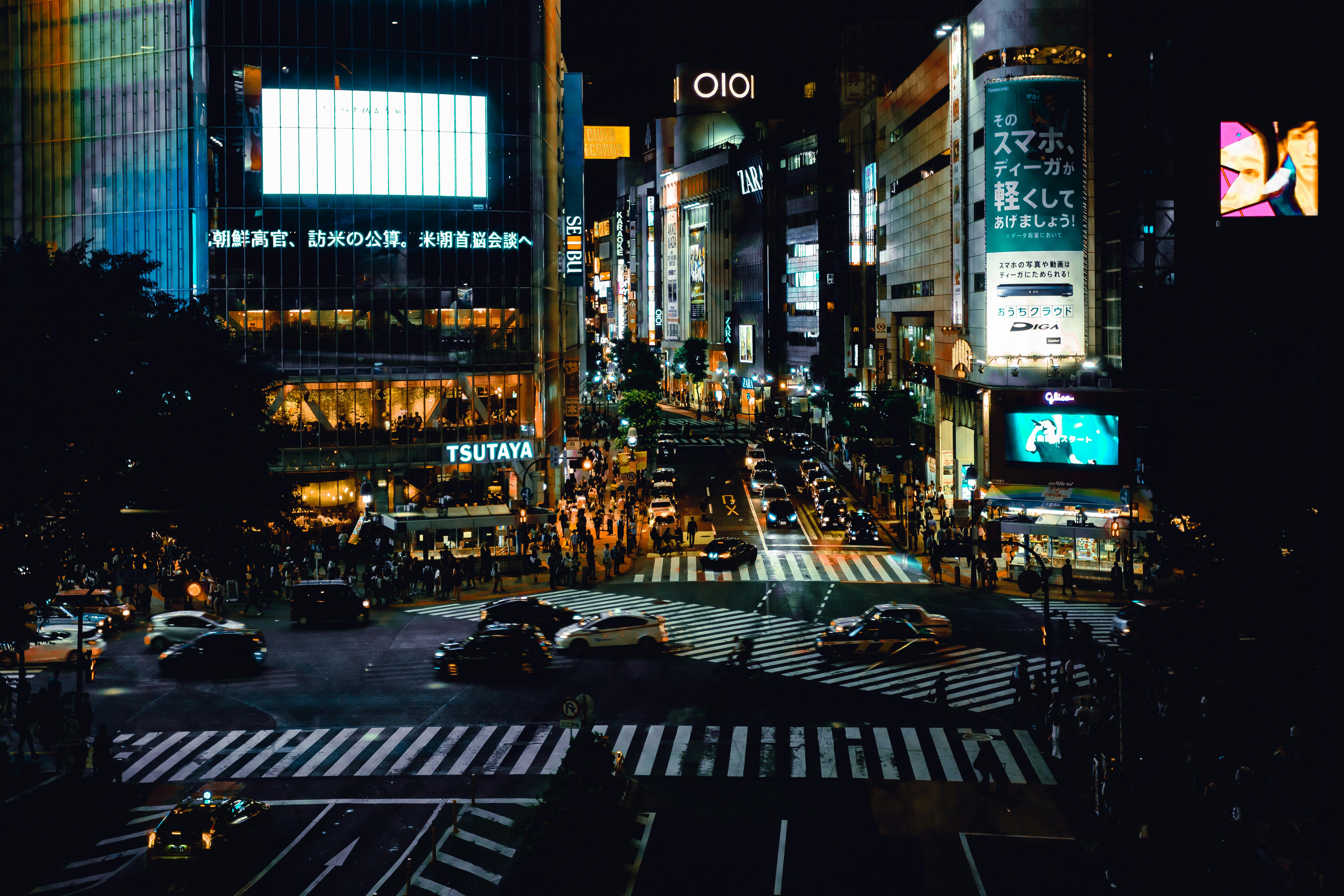Gyeongju
The ancient capital of Korea, Gyeongju, is the country’s grand must-see and is ranked as one of the top ten ancient cultural cities in the world. Among the modern city’s shops and markets, you’ll find plenty of relics from its 2,000-year history, including colossal fifth-century tombs and burial mounds, a seventh-century stone observatory, and the Anapji royal pleasure gardens, once designed in AD 674 Other Gyeongju neighborhoods are rich with elegant pagodas and historic wooden Buddhist temples, and numerous trails take you to the slopes of the holy mountain, Nam-san, which dominates the south of the city.
Hiking in the national parks
South Korea is full of exciting national parks, all of which are crisscrossed by clearly marked trails and dotted with good camping spots (and the occasional mountain cabin). The cream of the crop is Seorak-san, and in particular Naeseorak (Inner Seorak), an exceptionally quiet stretch of forested peaks, rivers, waterfalls, and Buddhist temples, and some established rock climbing, too. Also worth seeking out is Jiri-san, which boasts a 65-kilometre-long ridge trail and many historic temples; Songni-san’s popular and fairly smooth trails; and Bukhansan, which is on the outskirts of Seoul.
seoul
South Korea’s modern capital has a reasonable number of sights to keep you entertained for a few days. The most interesting are the five imposing royal palaces, some of which date back to the 15th century. Inside the Changdokkung Palace you will find one of the most enchanting gardens in South Korea, the Piwon, a beautiful paradise of ponds and pavilions. In the modern part of the city, check out the Kimchi Museum, dedicated to the spicy pickled cabbage that is South Korea’s national dish, explore the cutting-edge Leeum Museum of Modern Art, and spend the night in the trendy nightlife district of Sinchon.
panmunjeom
At the 38th parallel, the 1953 ceasefire line between North and South Korea, a four-kilometre-wide strip of land lined with guard posts, is still in effect today, and the town of Panmunjeom, which It is located in the DMZ just 56 km north of Seoul. , is a popular day trip from the capital. Unless you can afford the cost of joining an organized tour of North Korea, this is about as close as you can get to the hopelessly impoverished, repressive totalitarian state. There is no border crossing here (or anywhere between the two countries), but Panmunjeom attracts busloads of tourists, all of whom must dress smartly (no jeans, T-shirts or miniskirts) and, if male, have a haircut! respectable!
Korean folk village
It might sound like a nightmare on a bus trip, but a day trip from Seoul to the Korean Folk Village is worth it, especially if you don’t have time to explore the rest of the country. A reconstruction of a typical 19th century village, it comes complete with a Buddhist temple, a Confucian school, pottery and weaving workshops, blacksmiths and traditional farmhouses. The people you see in the village actually live and work there, even if they look like actors dressed in traditional costumes.
jeju do
This southern island has maintained traditions long since vanished from the mainland and is now a popular tourist destination, as well as a favorite with local honeymooners. Highlights here include mysterious statues similar to those on Easter Island, hikes to the top of Halla-san (South Korea’s tallest volcano), and a seven-kilometre-long lava tube cave. The weather here is hotter and more humid than in the rest of the country, but don’t come specifically for the beaches, as you’ll find them crowded and disappointingly scruffy.
The three-hour boat ride from Busan to Yeosu
This is one of the most picturesque trips in the country, with great views of the crenellated coastline and myriad islets. It’s so attractive around here that the entire area has been preserved as Hallyo Waterway National Park.
Ulung-do Island
Rugged, remote and utterly beautiful, this small volcanic outcrop, accessed by ferry from Samcheck, has hardly any roads and is best explored on foot. It takes two days to walk around the island, giving you ample opportunity to enjoy the temples. Forested ridges, waterfalls, and the famous 2,000-year-old juniper
Take an outdoor bath with a view at Seorak Waterpia
Soak in glorious mountain vistas as you bask in natural hot springs at this spa in Seorak-san National Park, where you can also bathe in a lemon-flavored pool, go skinny dipping, and brave a shower under a nearly boiling waterfall
The 15th century village of Yangdong
Beautifully situated along a river and below a forested hill, Yangdong is of such historical importance that villagers are prohibited from modifying or tearing down its old wooden houses, many of which are magnificent structures with sweeping roofs, beautifully carved beams, and wide terraces.
Bargain hunting at the Namdaemun night market in Seoul
Opening every night around 10:30pm and running until just before dawn, Namdaemun’s huge market sells everything from handicrafts to pans, from ginseng to live fish. It’s a great place to spend the night, especially with all the cheap food stalls serving hot sandwiches until morning.
Staying in a Yogwan
If you’re on a budget, head straight for these traditional mission houses: they’re cheap, family-run, and usually packed with character. You sleep on a futon on the floor – a special treat in winter when the underfloor heating system kicks in and acts like a huge electric blanket.
Snowboarding and skiing in Yongpyong
There are over thirty slopes for skiers and snowboarders at this modern ski resort on the slopes of Mount Balwang, plus illuminated night skiing, a toboggan park, and cross-country trails. It also holds a snow sculpture festival in February.

